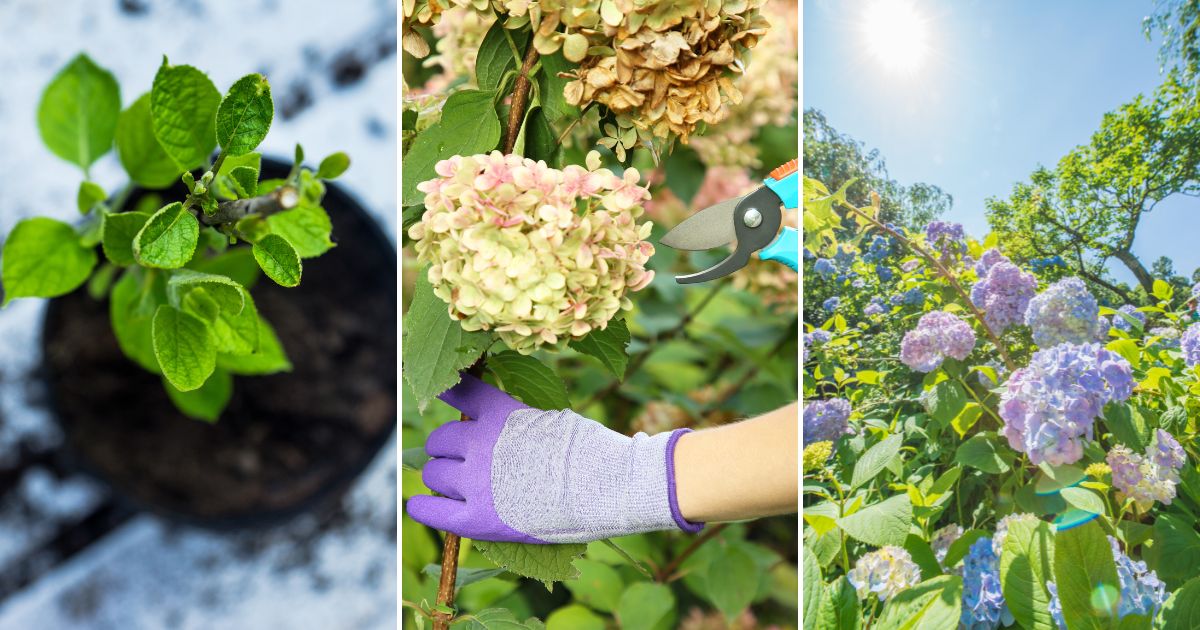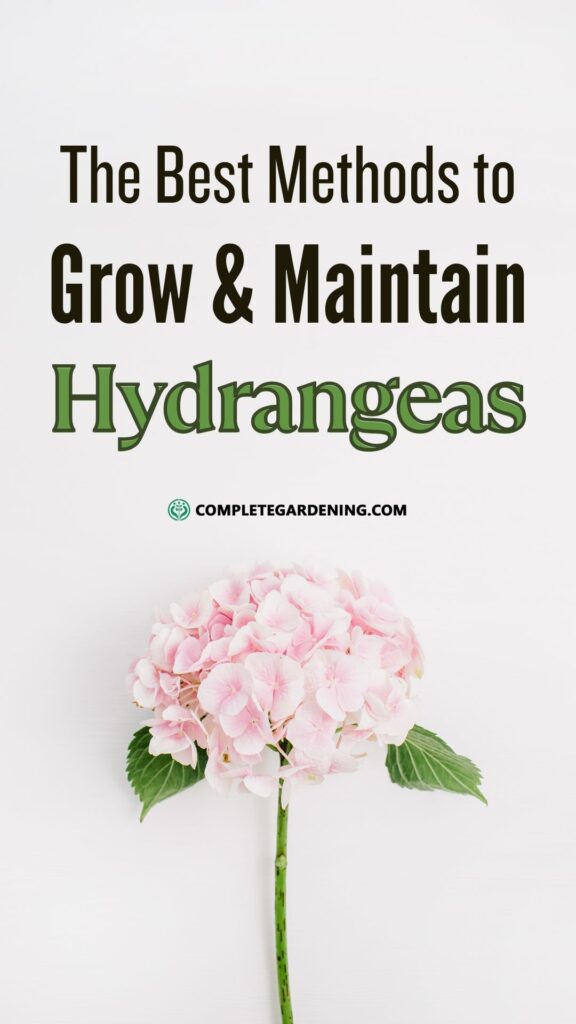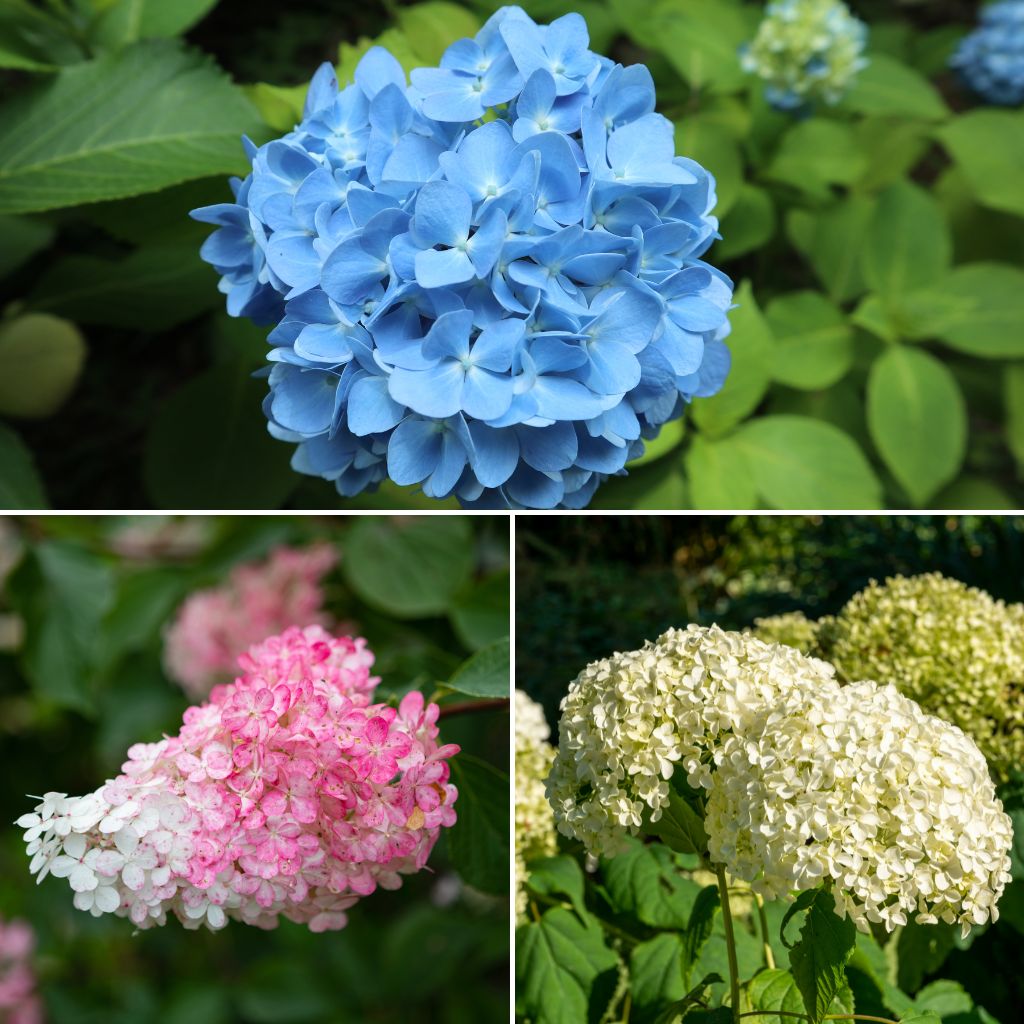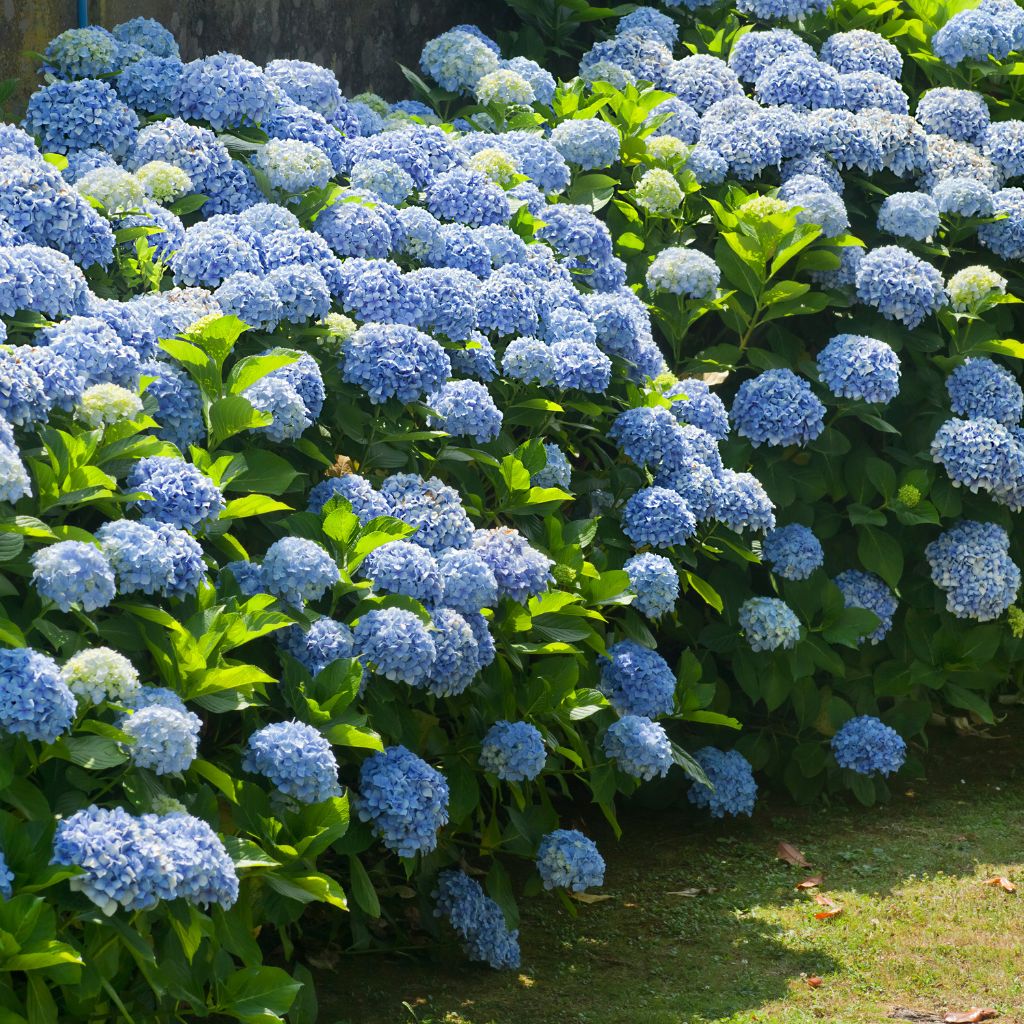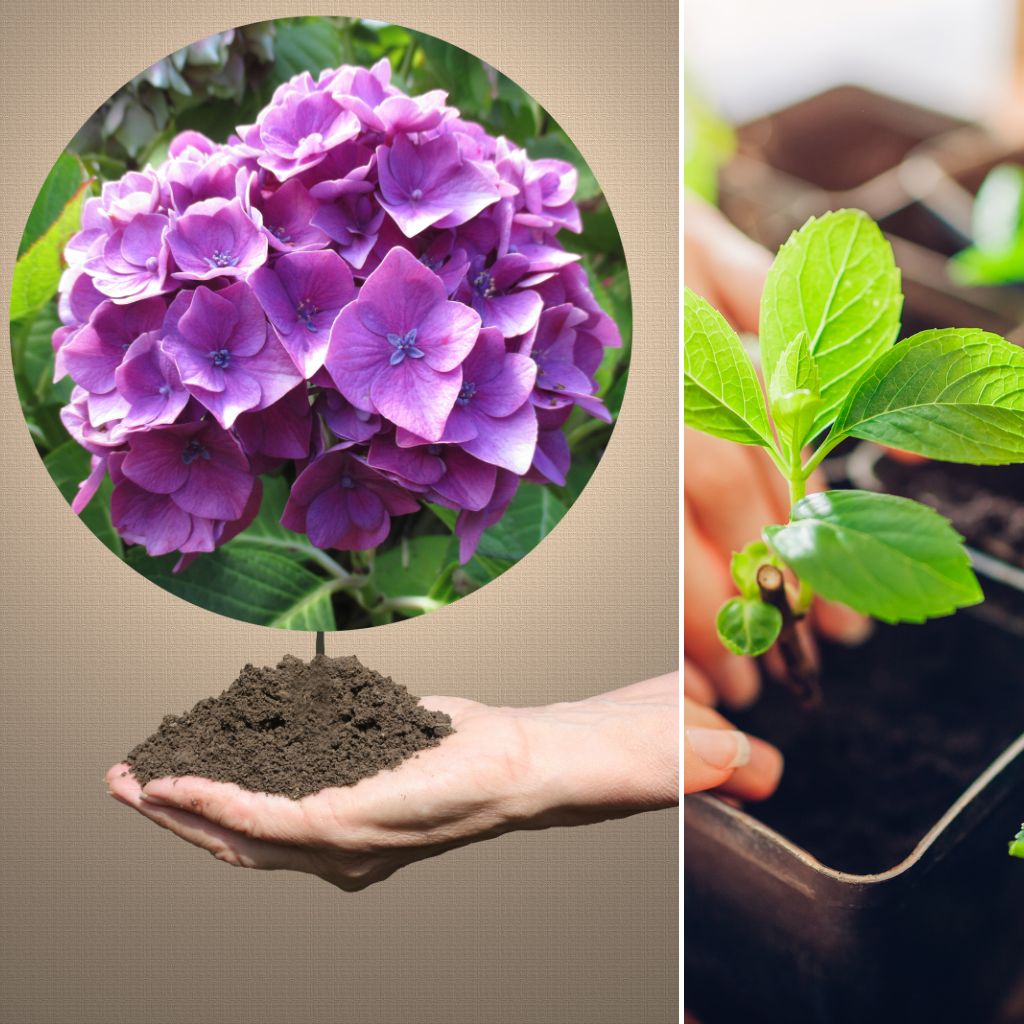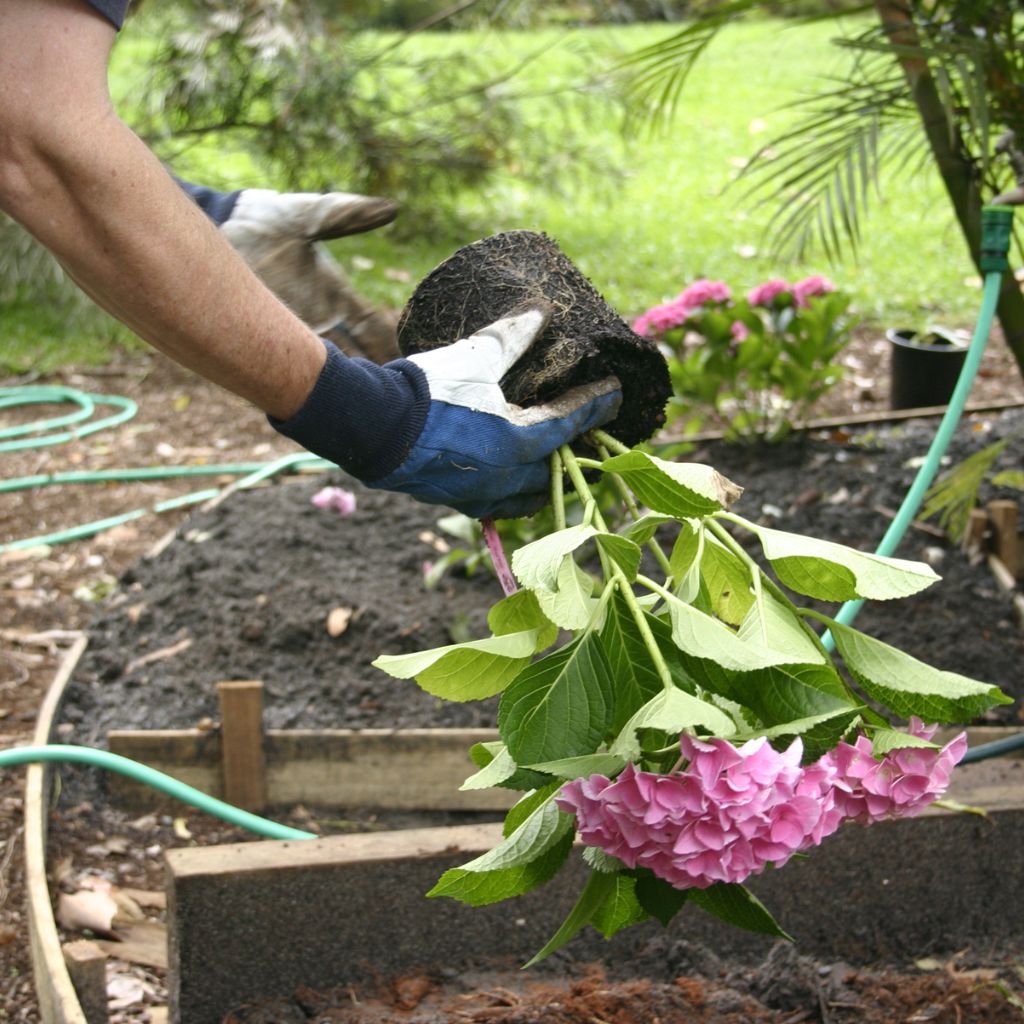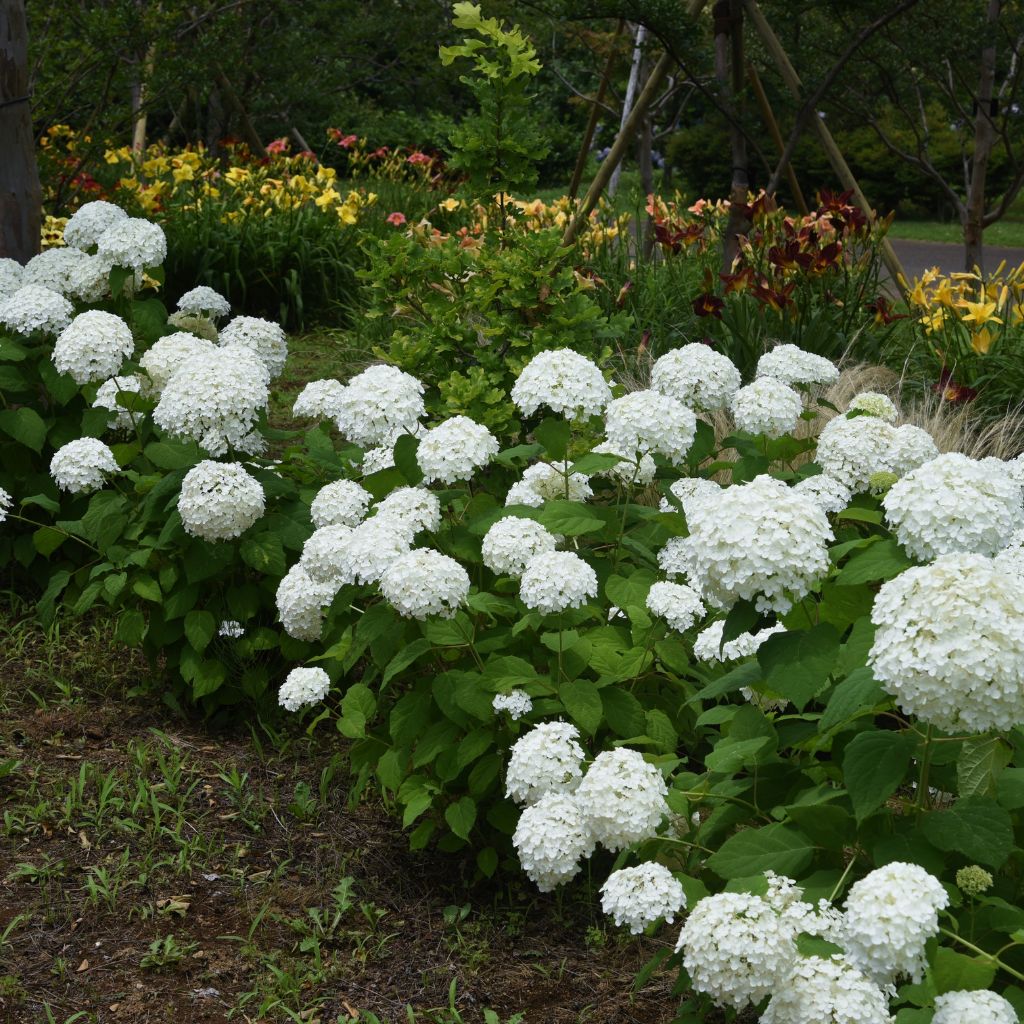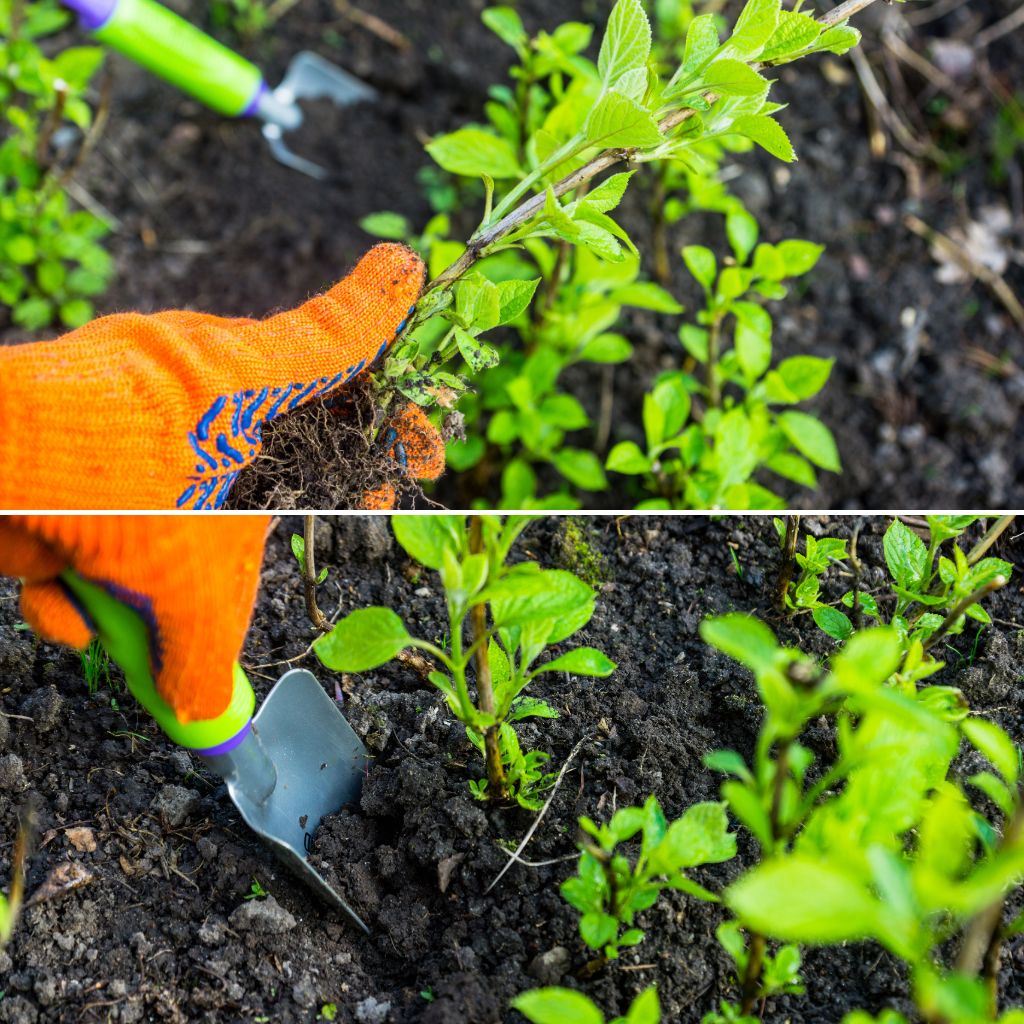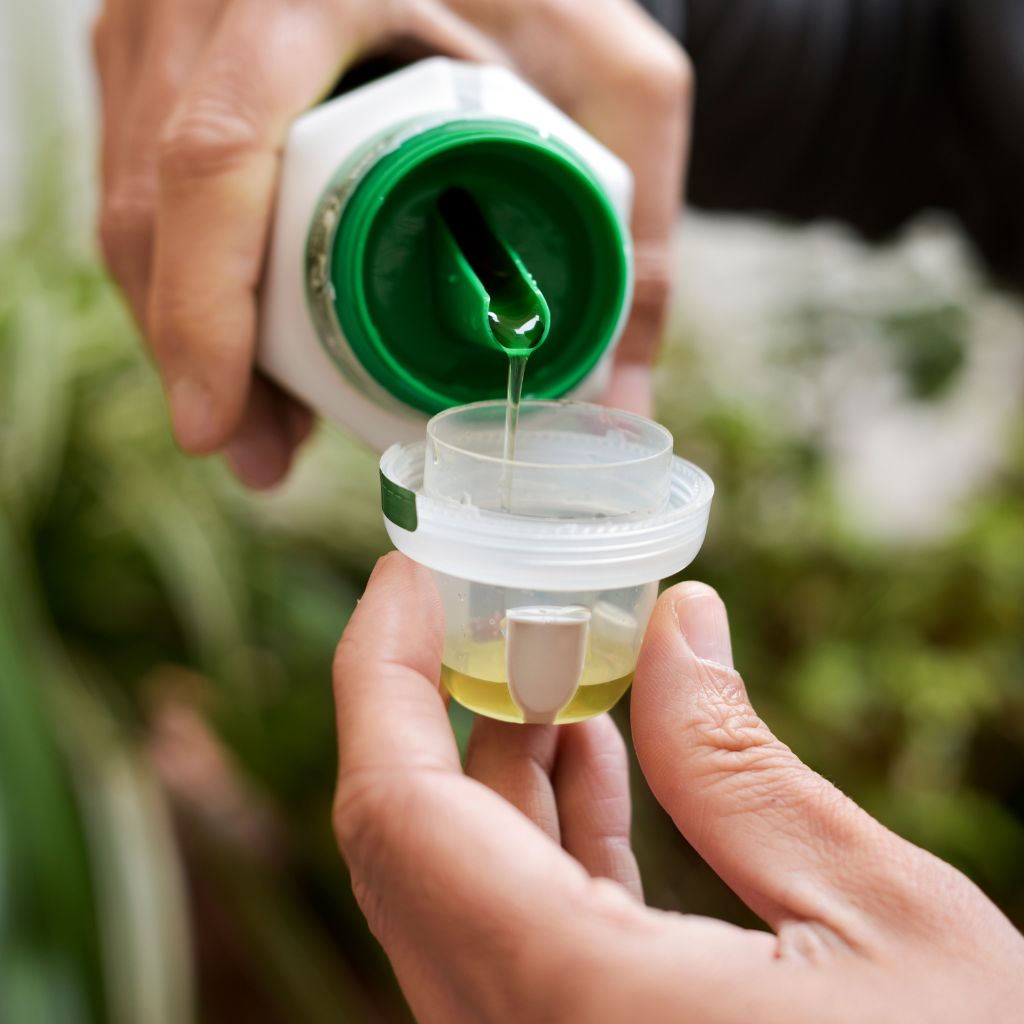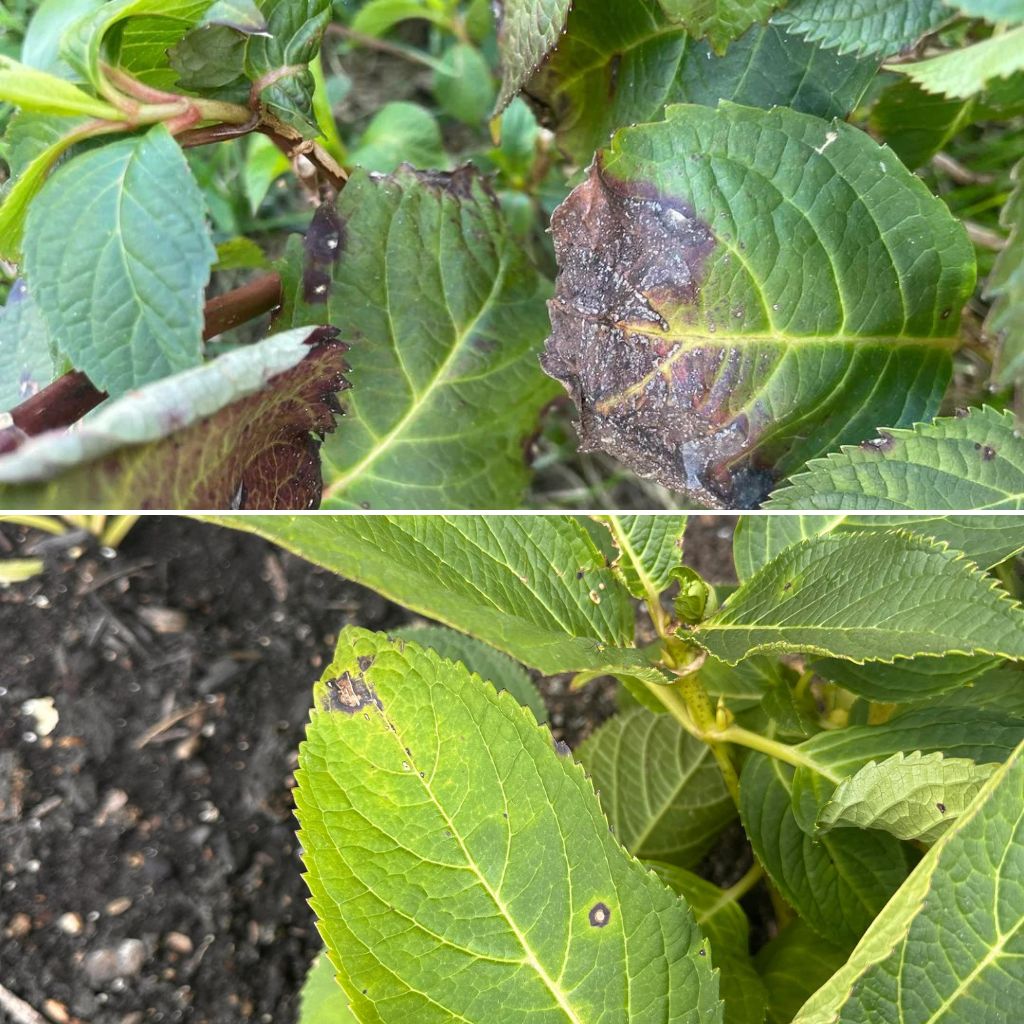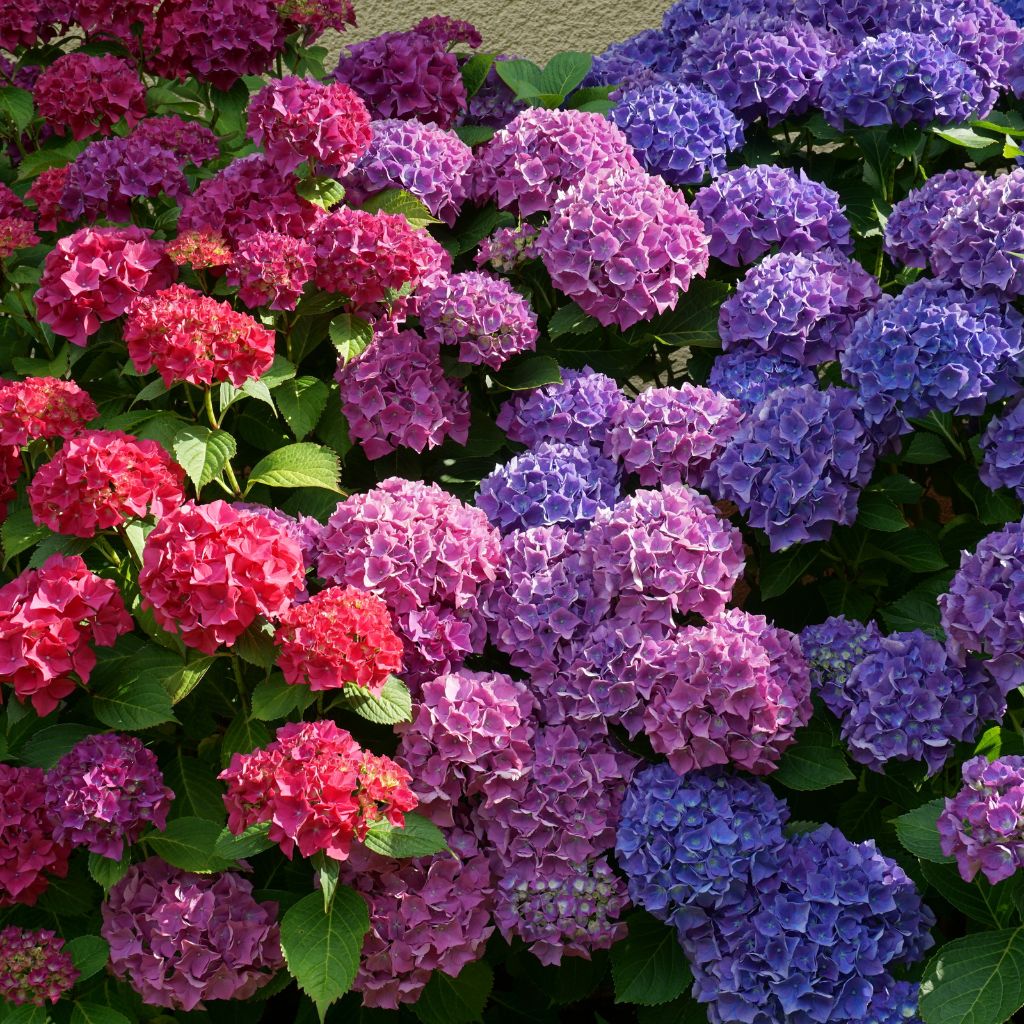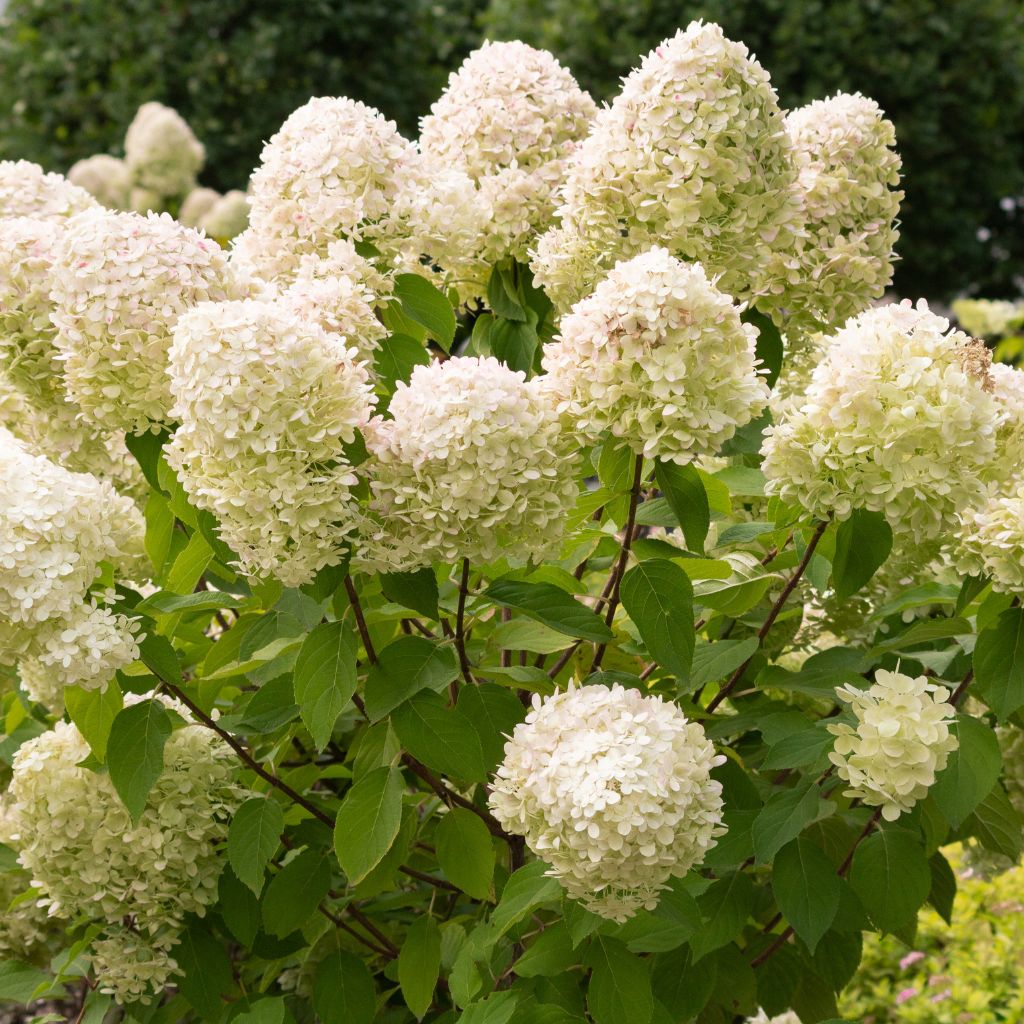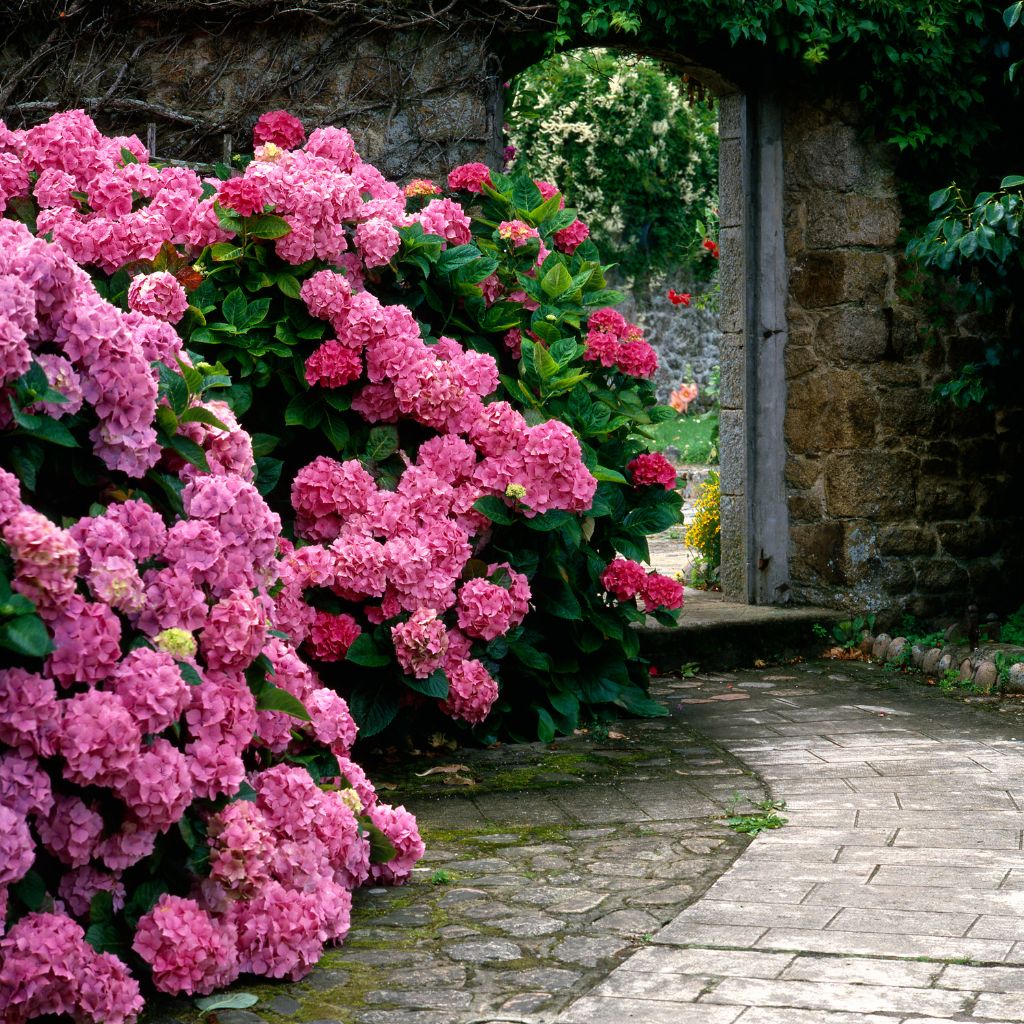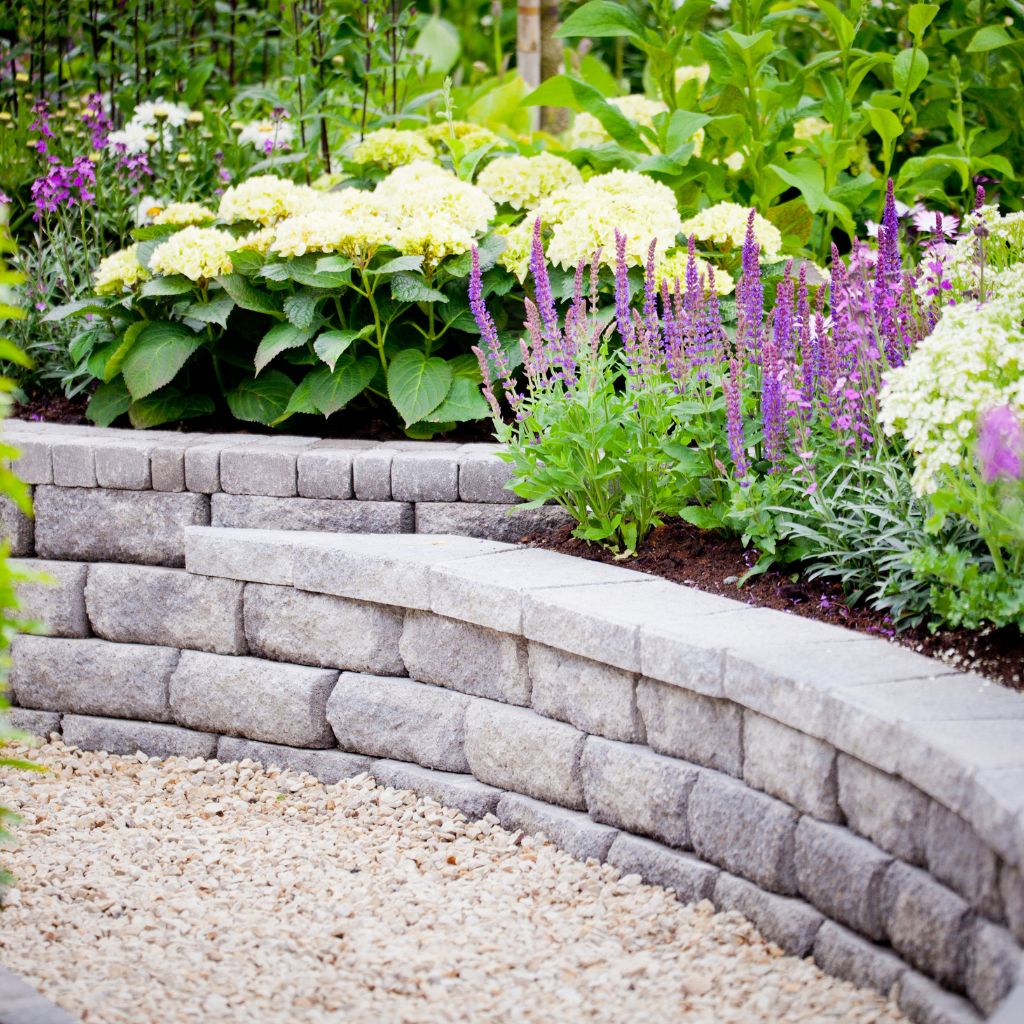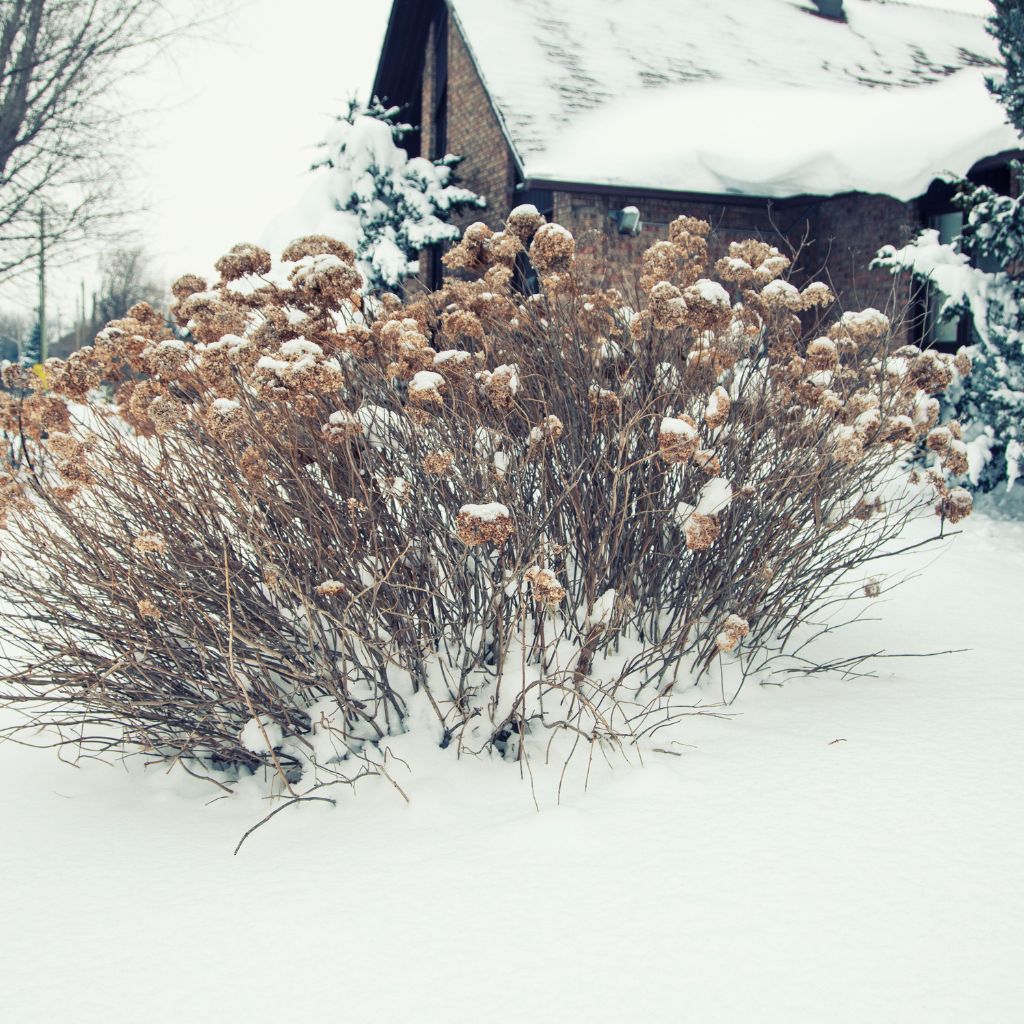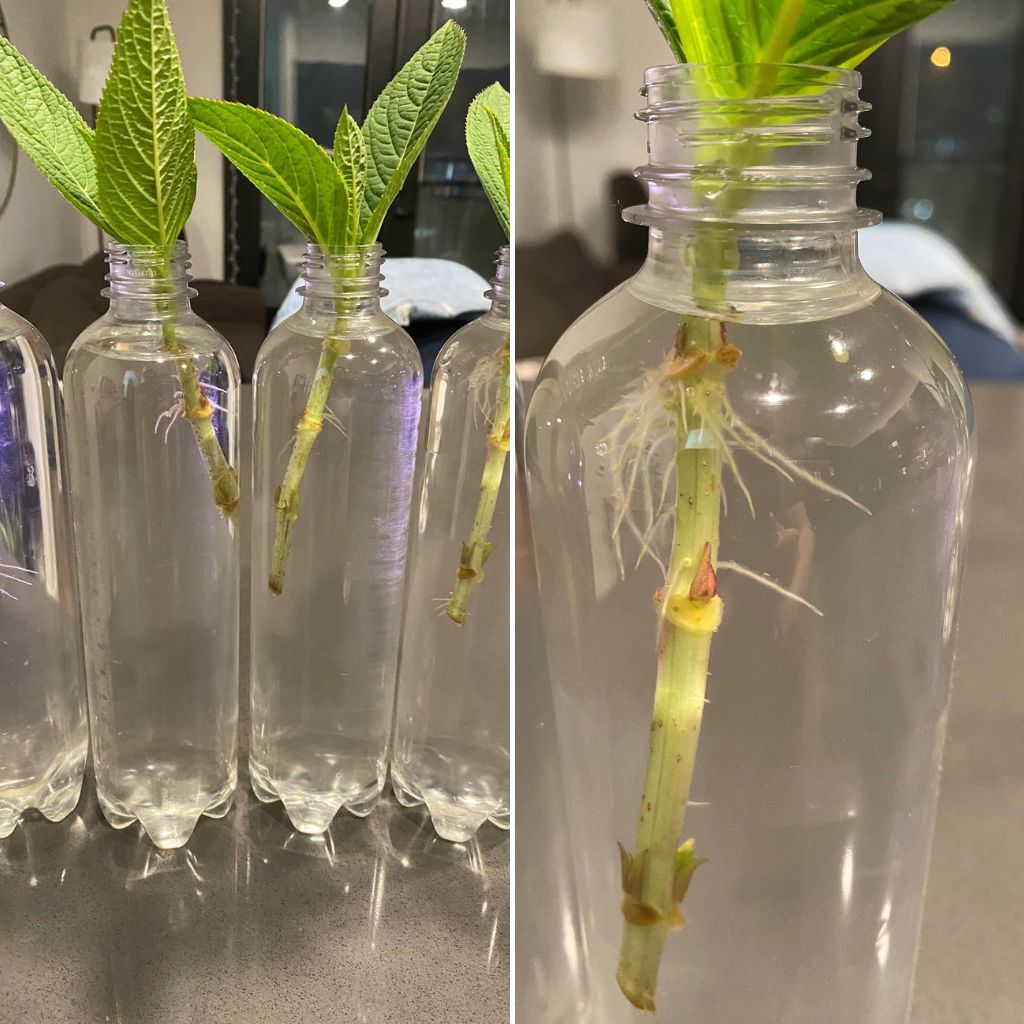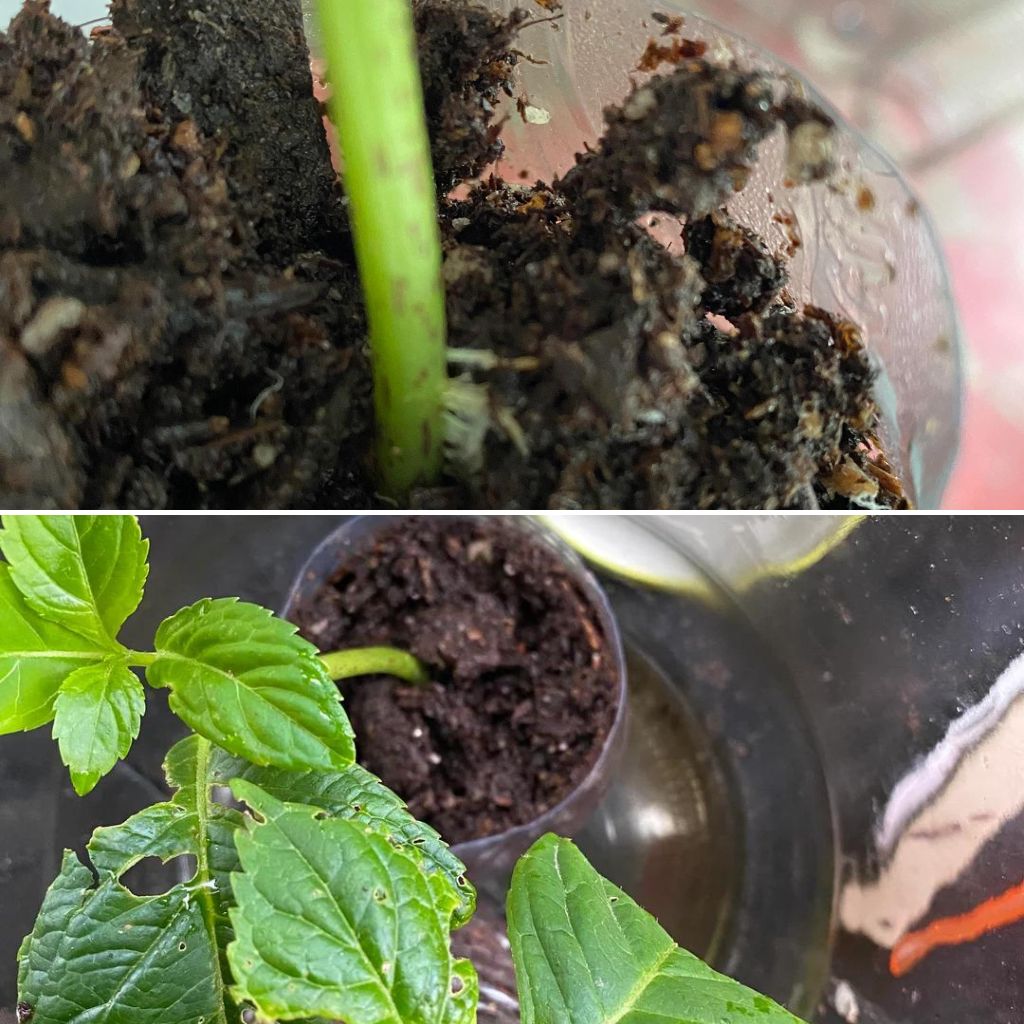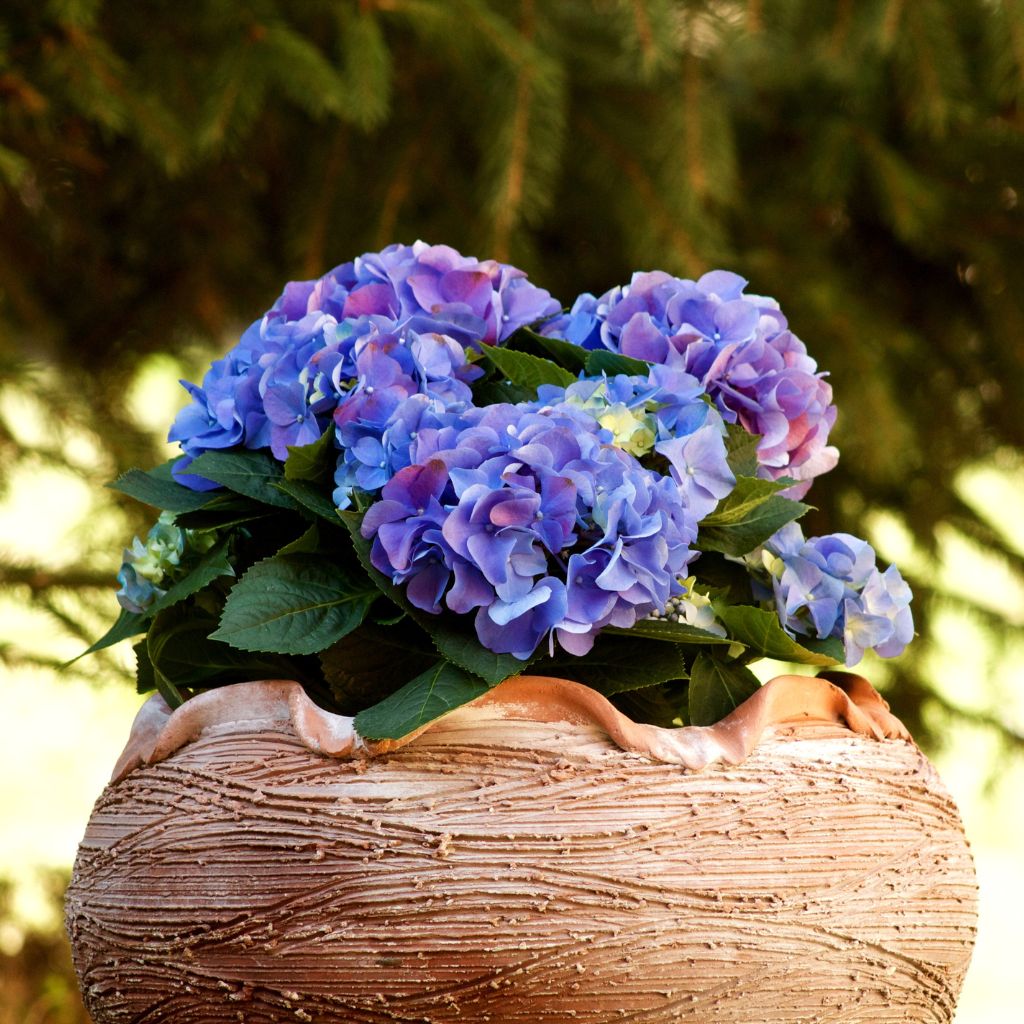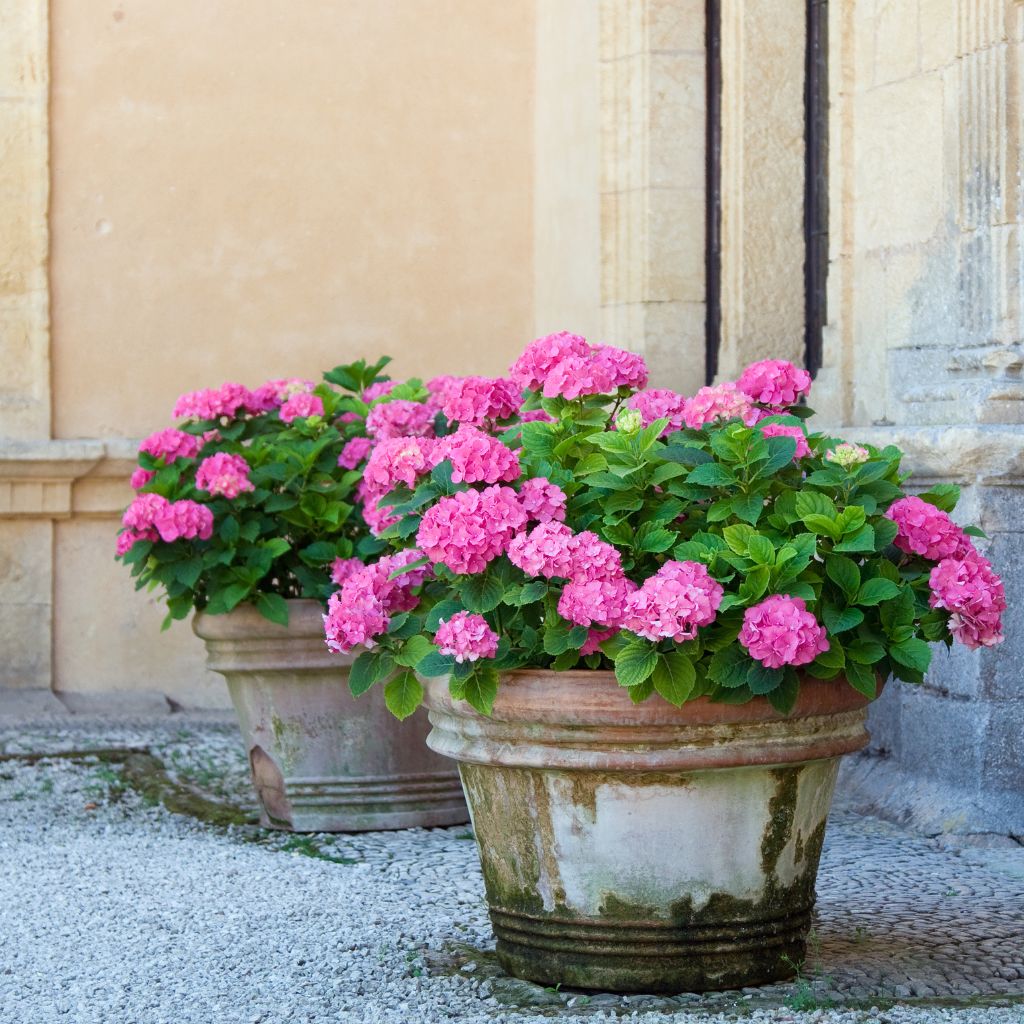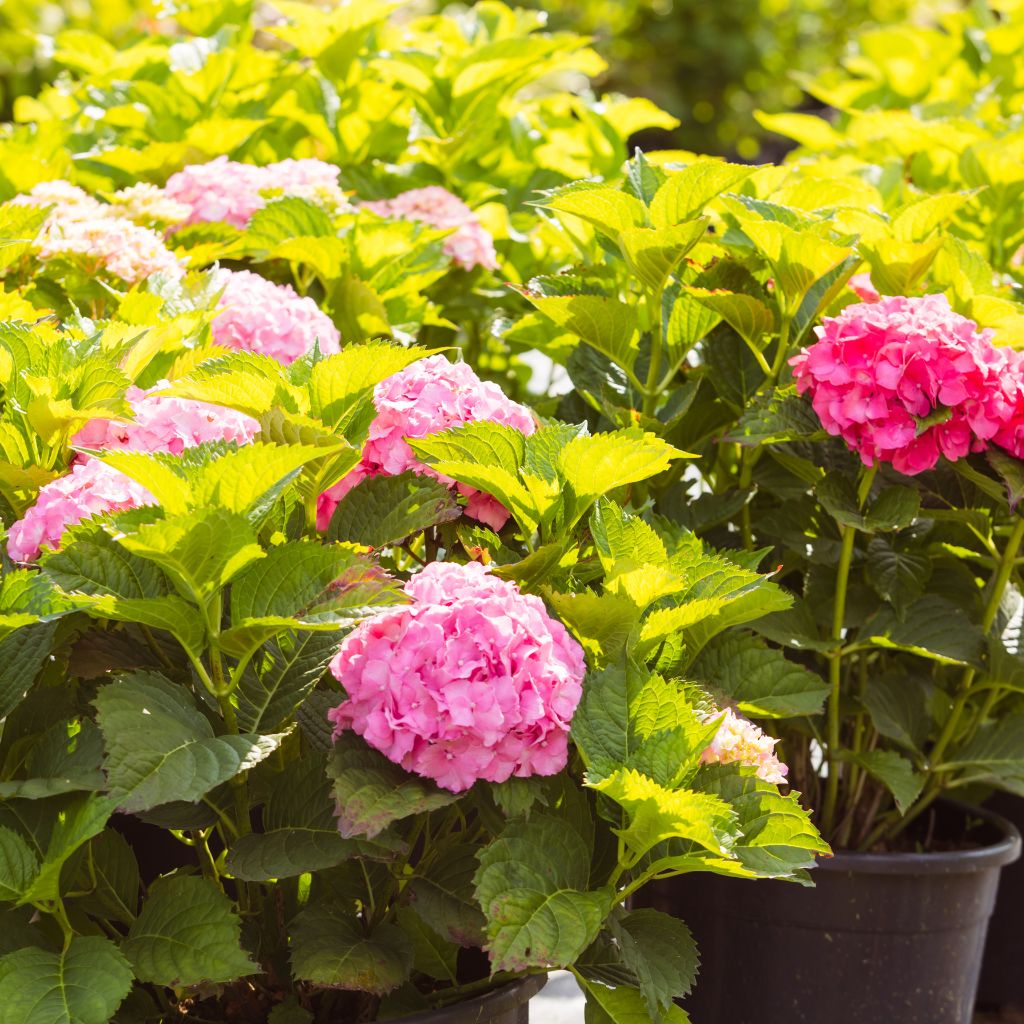Hydrangeas are a favorite among gardeners for their lush foliage and vibrant blooms. To successfully grow and maintain hydrangeas, proper soil preparation, suitable watering practices, and strategic pruning are essential.
These techniques not only enhance the plant’s health but also ensure a stunning display throughout the growing season.
Choosing the right variety is the first step to a flourishing hydrangea garden. With options ranging from mophead to panicle, each type has unique requirements and characteristics that cater to different landscapes.
Understanding these differences can lead to a more successful gardening experience.
Maintaining hydrangeas involves regular care, such as monitoring soil moisture and observing for pests. The right balance of sunlight and shade plays a crucial role in their growth.
By adopting these practices, any gardener can enjoy the impressive beauty of hydrangeas in their yard.
Understanding Hydrangeas
Hydrangeas are popular ornamental plants known for their large, vibrant blooms. To cultivate and maintain them effectively, it is essential to grasp their species and varieties, climatic needs, and soil preferences.
Species and Varieties
There are several species of hydrangeas, each with distinct characteristics. The most common include:
Hydrangea macrophylla: Known for its rounded flower heads, this species is divided into mophead and lacecap types, offering diverse color options.
Hydrangea paniculata: This variety features cone-shaped flowers that bloom later in the summer, transitioning from white to pink or red as they mature.
Hydrangea arborescens: Known as smooth hydrangea, it produces large white blooms and is particularly hardy.
Choosing the right variety is crucial for successful growth in a specific region. The climate, available light, and desired bloom characteristics must all be considered.
Climatic Requirements
Hydrangeas thrive in USDA hardiness zones 3 to 9, depending on the specific variety. They prefer areas with:
Part shade: Most varieties benefit from morning sun and afternoon shade to prevent wilting.
Moist, humid conditions: Some types, like H. macrophylla, require ample moisture to produce lush blooms.
In addition, temperature fluctuations can impact flowering. Sudden drops in winter temperatures may damage buds, so protective measures such as mulch can help minimize risks.
Soil Preferences
Soil plays a vital role in hydrangea health. The ideal soil conditions include:
Well-draining soil: Hydrangeas prefer loamy soil rich in organic matter to facilitate drainage while retaining moisture.
pH levels: The acidity of the soil affects bloom color, especially in H. macrophylla. Alkaline soils yield pink flowers, while acidic conditions promote blue blooms.
Regular testing of soil pH and amending with compost or sulfur as needed can significantly influence plant growth and flowering success. Proper soil conditions contribute to vibrant, healthy hydrangeas.
Planting Hydrangeas
Proper planting techniques are essential for the healthy growth of hydrangeas. Key factors include optimal timing, location selection, and soil preparation. Each element contributes significantly to the establishment of these beautiful flowering plants.
Optimal Planting Time
The ideal time to plant hydrangeas is during spring or fall. Spring planting allows the plant to establish roots before the heat of summer. This timing also promotes robust growth as the days get longer and warmer.
Fall planting is advantageous because it allows roots to develop in cooler soil before winter dormancy. If opting for fall, aim to plant at least six weeks before the first expected frost. This timing ensures the plant has sufficient time to adapt to its new environment.
Choosing the Right Location
Hydrangeas thrive in locations that provide partial shade. Morning sun is beneficial, while afternoon shade protects them from harsh heat.
Sheltered areas that avoid strong winds are ideal to prevent damage to the blooms. When selecting a spot, ensure adequate space for growth, as some hydrangea varieties can reach significant sizes.
A distance of three to six feet from structures or other plants is recommended to ensure air circulation.
Soil Preparation and Planting Techniques
Hydrangeas prefer well-drained, nutrient-rich soil with a pH level of 5.5 to 6.5. Testing soil pH before planting is advisable, as it influences flower color in certain species.
To prepare the soil, incorporate organic matter such as compost or well-rotted manure. This enhances drainage and nutrient content. When planting, dig a hole that is twice as wide as the root ball but no deeper than its height.
Placing the hydrangea at the same level it was in the pot prevents root rot. Water thoroughly after planting and add mulch to retain moisture and suppress weeds.
Watering and Fertilization
Proper watering and fertilization are essential for maximizing the health and vibrancy of hydrangeas. Both practices play a vital role in promoting blooming and maintaining lush foliage.
Watering Schedules
Hydrangeas require consistent moisture to thrive. A general guideline is to water these plants thoroughly once a week. During hot, dry spells, more frequent watering may be necessary.
It is crucial to check the soil moisture. The top inch of soil should feel dry before watering again. Using a soaker hose or drip irrigation can help ensure even moisture.
Watering in the morning is preferred, as it reduces evaporation and allows the foliage to dry out before evening, minimizing the risk of fungal diseases.
Fertilizer Types and Application
Hydrangeas benefit from fertilizers that are high in phosphorus. A balanced fertilizer, such as a 10-10-10 or 5-10-5 formula, can promote healthy growth.
Fertilization typically occurs in early spring. A second application can be made in mid-summer if plants require added nutrients.
Granular fertilizers are often preferred for their slow-release properties. Alternatively, liquid fertilizers can provide a quick nutrient boost. When applying, follow the recommended rates on the product label to avoid over-fertilization, which can harm the plants.
Pruning and Maintenance
Effective pruning and maintenance are crucial for healthy hydrangeas. Regular care can enhance blooms and sustain plant vigor, ensuring they thrive throughout their growing season.
Pruning Techniques
Pruning hydrangeas depends on the species. For Hydrangea macrophylla (bigleaf hydrangeas), it is best to prune immediately after flowering. This timing promotes new growth that will bloom the following year.
For Hydrangea paniculata (panicle hydrangeas) and Hydrangea arborescens (smooth hydrangeas), pruning should occur in late winter to early spring. These varieties bloom on new wood, thriving with a cut back to height adjustments.
Utilize sharp, clean pruning shears and remove dead or damaged wood. Aim to shape the plants while maintaining an open center to improve air circulation.
Seasonal Maintenance Tips
Seasonal care plays a significant role in the maintenance of hydrangeas. Each season requires specific actions:
Spring: Apply a balanced fertilizer to support new growth. Ensure consistent watering, especially during dry spells.
Summer: Regularly deadhead spent blooms to encourage continuous blooming. Mulch around the base to retain moisture and suppress weeds.
Fall: Cut back dead stems as needed and mulch to protect roots from harsh winter conditions.
Winter: Limit pruning to preserve the plant’s structure. Use protective coverings in colder climates to prevent damage from frost.
Disease and Pest Prevention
Preventing diseases and pests is essential for hydrangea health. Regular inspections help identify issues early. Common pests include aphids and spider mites, which can be managed through insecticidal soap or neem oil.
Fungal diseases such as powdery mildew can occur in humid conditions. Ensure adequate spacing for airflow and avoid overhead watering. Applying a fungicide can also offer protection when necessary.
Keeping the garden clean, removing debris, and maintaining soil health are essential aspects of prevention. Healthy plants are more resistant to diseases and pests, contributing to a robust landscape.
Encouraging Blooms
To promote abundant blooming in hydrangeas, understanding specific techniques is essential. Color manipulation and ensuring healthy growth are critical factors. Attention to soil pH and adequate care can result in striking flowers.
Manipulating Color
Hydrangeas exhibit various colors based on soil pH. For blue blooms, soil should have a pH of 5.5 or lower. Gardeners can add substances like aluminum sulfate or sulfur to decrease pH.
For pink flowers, a pH above 6.0 is ideal. Lime can raise pH levels and create the desired effect.
Key amendments:
To lower pH: Use aluminum sulfate or sulfur.
To raise pH: Incorporate lime.
Regular testing of soil pH is vital. Gardeners can use home soil test kits to monitor levels throughout the growing season. Adjustments should be made carefully to avoid shocking the plant.
Promoting Healthy Growth
Healthy growth forms the foundation for vibrant blooms. Hydrangeas require well-draining soil rich in organic matter. Compost or well-rotted manure can enhance soil structure and provide nutrients.
Additional care tips:
Watering: Consistent moisture is crucial. Hydrangeas need about 1-2 inches of water weekly.
Mulching: A 2-3 inch layer of mulch helps retain soil moisture and suppress weeds.
Fertilization: Use a balanced, slow-release fertilizer to support growth before the flowering season.
Regular pruning encourages new growth. Best practices include removing spent blooms and dead wood in early spring. This action enhances air circulation and promotes prolific flowering.
Landscaping with Hydrangeas
Incorporating hydrangeas into landscaping designs offers both visual appeal and versatility. Their varied sizes and colors allow for creative arrangements in gardens and yards, enhancing the overall aesthetics.
Design Considerations
When selecting hydrangeas for landscaping, several design principles should be taken into account. The height and spread of the chosen hydrangea variety impact placement.
For example, large types like Hydrangea macrophylla can serve as focal points, while smaller varieties like Hydrangea serrata may function better as border plants.
Consider blooming seasons to ensure continuity of color throughout the year. Grouping hydrangeas by color, such as blue or pink, can create a striking visual effect.
Incorporate different textures and leaf shapes for added interest, and ensure the plants receive adequate sunlight for optimal growth. Additionally, grouping plants in odd numbers can enhance visual harmony.
Companion Planting Ideas
Companion planting with hydrangeas can elevate garden designs and improve plant health. Certain perennials, such as daylilies and astilbes, complement hydrangeas well, providing contrasting colors and textures.
Incorporating greens like ferns or hostas can create lush backgrounds. Groundcovers such as creeping thyme or lamium effectively fill empty spaces and reduce weed growth.
When designing layouts, pairing hydrangeas with early-blooming flowers ensures a continuous display of color.
Creating layers with taller plants at the back and shorter varieties in front helps maintain visual balance. Plan for seasonal changes in color to sustain interest throughout the year.
Winter Care and Protection
Protecting hydrangeas during winter months is crucial for their health. Each type of hydrangea has specific needs, but there are general practices that apply to most.
Mulching is beneficial. A layer of mulch around the base can help insulate the roots against cold temperatures. Use organic mulch, such as wood chips or straw, to provide insulation and retain moisture.
Pruning should be approached with caution. Many hydrangeas bloom on old wood, so pruning should be limited until spring. For those that require pruning, timing is essential; wait until late winter or early spring when the risk of severe frost has passed.
Covering is another method. For added protection, wrap the plants with burlap or frost cloth. This shields them from harsh winds and extreme cold. Ensure that the covering is secure but allows some air circulation.
Hydration before winter is important. Ensuring that hydrangeas are well-watered before the ground freezes helps the plants withstand cold spells. This reduces the risk of dehydration during dry winter months.
In regions with heavy snow, monitor snow load. Excess snow on branches can lead to breakage. Gently brush off snow to prevent damage and maintain the plant’s shape.
Following these winter care steps can lead to healthy hydrangeas thriving in the following growing season. Proper attention during winter months establishes a solid foundation for new growth come spring.
Propagation Methods
Hydrangeas can be propagated through several effective methods, ensuring a successful growth process. The most common techniques include cuttings, layering, and dividing.
Cuttings
- Take stem cuttings in late spring or early summer.
- Choose healthy, non-flowering stems.
- Cut 4-6 inches long, ensuring a clean cut below a leaf node.
- Remove lower leaves and dip the cut end in rooting hormone.
- Place the cutting in a well-draining potting mix and keep it moist.
Layering
- Select a low-growing branch that can be bent to the ground.
- Wound the stem slightly and bury part of it, leaving the tip exposed.
- Ensure it stays moist and covered with soil until roots develop.
- After sufficient root growth, sever it from the parent plant and transplant.
Dividing
- This method works best for established hydrangeas.
- In early spring or fall, dig out the entire plant.
- Divide the root ball into sections with a shovel, ensuring each section includes roots and stems.
- Replant immediately in the desired location, ensuring proper spacing.
These propagation methods provide options for gardeners to expand their hydrangea collection effectively. Each technique, when executed correctly, can lead to healthy, thriving plants.
Hydrangeas in Containers
Growing hydrangeas in containers offers flexibility and versatility. These plants can brighten patios, balconies, or gardens without needing to be planted in the ground.
Container Selection
Choosing the right container is crucial. It should be:
- At least 18 inches in diameter to allow root growth.
- Well-draining, with holes at the bottom to prevent waterlogging.
- Sturdy enough to support the plant as it matures.
Soil Requirements
Use a high-quality potting mix with good drainage. A mix of:
- Peat moss
- Compost
- Perlite
ensures proper aeration and nutrients.
Watering and Fertilization
Hydrangeas in containers may require more frequent watering. They should be watered when the top inch of soil feels dry. For fertilization, a balanced, slow-release fertilizer every spring will promote healthy growth.
Light and Temperature
These plants thrive in moderate sunlight. Ideally, they need:
- Morning sun
- Afternoon shade
Containers should be protected from extreme temperatures. During winter, moving them to a sheltered location can help preserve their health.
Maintenance Tips
Regular pruning encourages blooming. Deadhead spent flowers to encourage new growth. Additionally, check for pests and diseases frequently to keep the plants healthy.
Growing hydrangeas in containers allows gardeners to enjoy these beautiful blooms in various settings.
